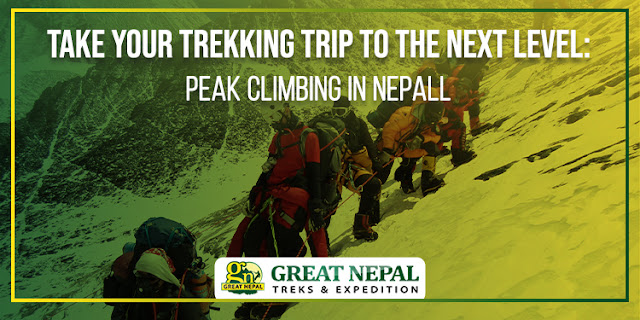Everest Expedition
Everest Expedition
http://www.greatnepaltravels.com/everest-expedition.html
"Once in their lifetime, every person should journey to a
place where legends live, where everything is bigger than life. For me, Everest
has always represented nature at its most powerful, most awe-inspiring, most
unconquerable. ---An American Mountain Climber"
Being the tallest mountain
peak in the world, Mount Everest has
been the most cherished destination and also a challenge for mountain climbers
across the world. Every year, thousands of foreign trekkers come to Nepal
for Everest Expedition. Everest Expedition can be done
both from the Southern side that is in Nepal and Northern side that lies in
Tibet. After 1950, China closed the Tibet border of the Everest to the
outsiders and from then on Nepal began welcoming foreigners to the Everest
Region. After that, the southern route to the mountains via Khumbu Valley
has become immensely popular among the climbers. Mount Everest was
first scaled in 1953 by Tenzing Norgay Sherpa and Sir Edmund Hillary from the
South Col. Climbing Mt. Everest certainly is a once in a lifetime opportunity.However, mountaineers during the Everest Expedition have to come across many seen and unseen obstacles and of course, the high altitude, inclement weather conditions and even exhaustion. Mount Everest has attracted and fascinated so many mountaineers across the world as a result of which, battalions visit us every year. As the itinerary is quite a long one and as takes almost two months for the entire expedition, Everest climbers are suggested to come prepared both physically and mentally. As much it requires physical stamina and endurance to climb the Everest, it also requires enough patience and mental strength to actually get to the top of the world’s tallest peak and return safely. However, the expedition to the top of the Everest will undoubtedly be the most thrilling experience you will ever gain in your life, and something you will preserve in your memories for the rest of your lives.
Information of route:
Camp 1: 20000ft. (6,400m)Camp 1 is placed at plane area of continues snow deep crevasses and mountain walls. Sun's reflection from this point it’s warm. At house of darkness you can listen the deep murmuring cracking sounds of crevasses beneath your tent. You have to pass from these areas to reach camp 2.
Camp 2: 21000ft. (6,750m)
Camp 2 is placed at the height of the 21000ft, which is placed at the foot of mount Lhotse wall where you have to go ahead. At this point weather good but bad clouds roll in from the low range of Amazing Himalayan valleys to bottom of the camp two. Wind here a short time seems very violent enough to destroy the tents. After climbing these palaces you will reach camp 3.
Camp 3: 22300ft. (7,100m)
Camp 3 is placed at the height of 22300ft, bordering to mount Lhotse wall. After climbing the 4000ft. Lhotse wall by using fixed rope and with earlier acclimatization it leads us to camp 4. Also on the way we have to go up the steep allow bands (lose, down -slopping and decayed limestone). After passing through the short snowfield the route moves ahead up the Geneva Spur to the east before concluding the flats of the south col. Oxygen should most possible to be used above base camp 3 in case of needed to the climbers.
Camp 4: 26000ft. (8,400m)
Camp 4 is placed at the height of 26000ft; it is the last camp of the Expedition. From here summit is about 500m, space far. This is the closing and risky part of the climbing. This place has sufficient amount of violent winds. Best way to complete the summit is through slight South - East Ridge and it precedes the South Summits 28710ft.
The trail is much easier then the trail that you just left at back to reach at the summit of the Everest 29028ft; and Late Sir Edmond Hillary and l Tenzing Norge Sherpa used this route in 1953.



Comments
Post a Comment